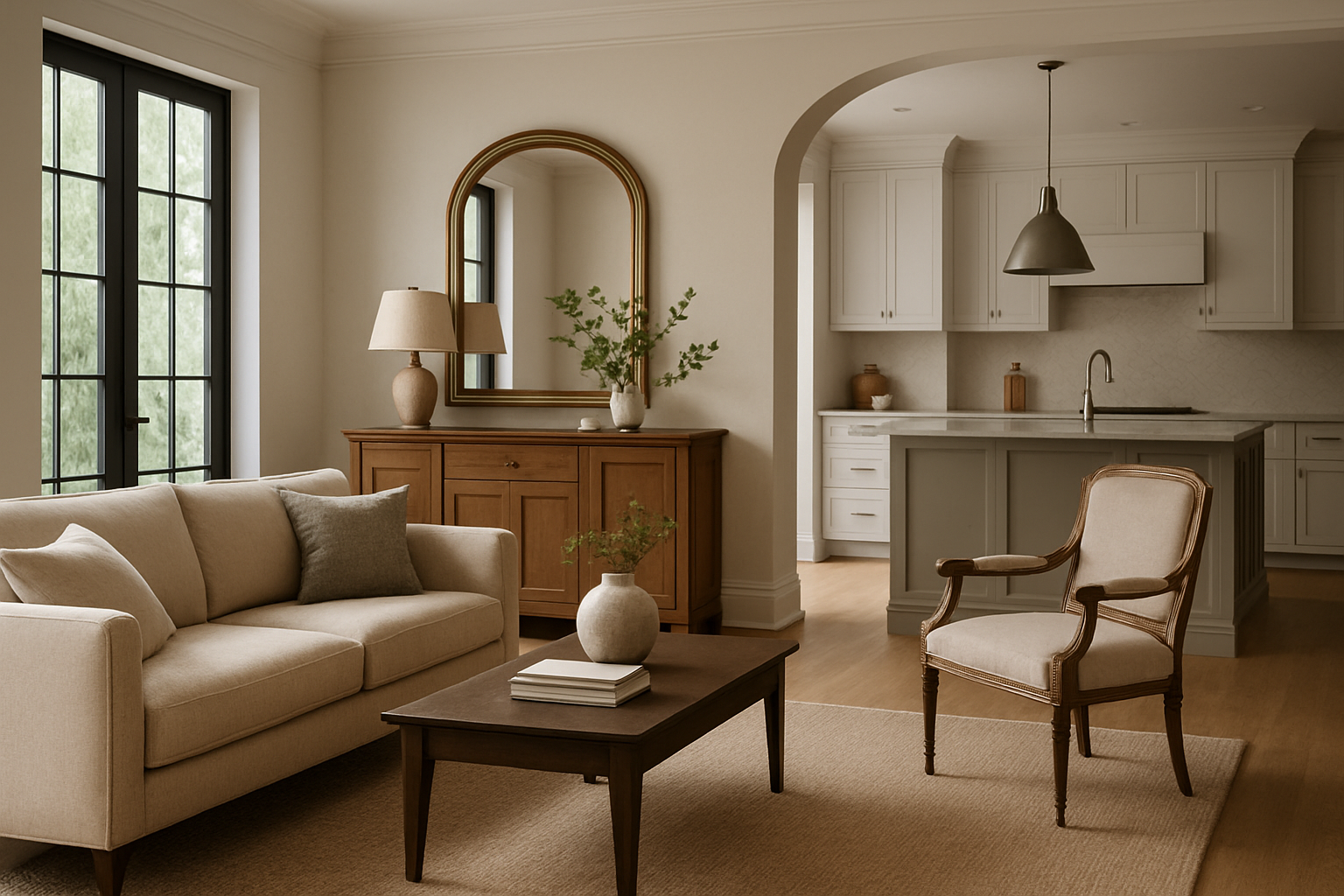Living Room Lighting: Illuminating Style and Function
The living room serves as the heart of many homes, a space where families gather, friends socialize, and individuals unwind after a long day. Lighting plays a crucial role in shaping this environment, influencing both the aesthetics and functionality of the space. From the warm glow of table lamps to the dramatic impact of statement chandeliers, living room lighting has evolved significantly over the years. As homeowners and designers increasingly recognize the power of light to transform a room, innovative approaches to illumination have emerged. This shift has led to a renaissance in living room lighting design, with new technologies and artistic expressions pushing the boundaries of what's possible in home illumination.

The Layered Lighting Approach
One of the most effective strategies for living room lighting is the layered approach. This method involves combining different types of light sources to create a versatile and inviting atmosphere. Typically, layered lighting includes three main components: ambient, task, and accent lighting.
Ambient lighting provides overall illumination for the room, often achieved through ceiling fixtures or recessed lights. Task lighting focuses on specific areas where activities like reading or working occur, usually in the form of table lamps or floor lamps. Accent lighting highlights particular features or objects in the room, such as artwork or architectural elements, often using spotlights or wall-mounted fixtures.
By implementing a layered lighting scheme, homeowners can easily adjust the room’s ambiance to suit different moods and activities throughout the day. This flexibility is particularly valuable in modern living rooms that often serve multiple purposes, from casual entertainment to formal gatherings.
Smart Lighting Solutions
The advent of smart home technology has revolutionized living room lighting. Smart bulbs, switches, and systems allow users to control their lighting with unprecedented ease and precision. These technologies offer features such as dimming, color changing, and scheduling, all controllable via smartphone apps or voice commands.
One of the most significant advantages of smart lighting is its ability to create preset scenes. Homeowners can program specific lighting configurations for different activities or times of day, such as a bright, energizing setting for morning routines or a soft, warm ambiance for evening relaxation.
Moreover, smart lighting systems can integrate with other home automation features, such as thermostats and security systems, creating a cohesive and efficient living environment. As these technologies become more affordable and user-friendly, they are increasingly becoming a standard feature in modern living room design.
Sustainable and Energy-Efficient Options
With growing awareness of environmental issues, sustainable lighting solutions have gained prominence in living room design. LED technology leads this trend, offering significant energy savings and longevity compared to traditional incandescent or fluorescent bulbs.
Beyond energy efficiency, designers and homeowners are exploring lighting fixtures made from sustainable materials. Bamboo, recycled glass, and responsibly sourced wood are becoming popular choices for eco-conscious consumers. These materials not only reduce environmental impact but also add unique textures and natural elements to living room decor.
Some innovative companies are even developing lighting solutions that harness renewable energy sources. Solar-powered lamps and fixtures that store energy during the day for use at night are emerging as exciting options for eco-friendly living room illumination.
Statement Lighting as Focal Points
While functional lighting is essential, there’s a growing trend towards using light fixtures as decorative focal points in living rooms. Oversized chandeliers, sculptural floor lamps, and artistic wall sconces are being employed not just for illumination but as pieces of art in their own right.
These statement pieces often blend various materials and styles, from industrial-inspired metal work to delicate hand-blown glass. The scale of these fixtures is also expanding, with some designers opting for dramatically large pieces that command attention and define the room’s aesthetic.
The impact of statement lighting goes beyond mere aesthetics. These bold fixtures can influence the entire mood and style of a living room, serving as a starting point for the overall design scheme. As such, choosing the right statement piece has become a crucial consideration in living room decor.
Natural Light Integration
While artificial lighting is important, the role of natural light in living room design cannot be overstated. Modern living room designs increasingly prioritize maximizing natural light through large windows, skylights, and glass doors.
Designers are finding innovative ways to control and enhance natural light. Adjustable window treatments, such as motorized blinds or smart glass that can change opacity, allow homeowners to fine-tune the amount of sunlight entering the room throughout the day.
Additionally, strategic placement of mirrors and reflective surfaces can amplify natural light, making spaces feel brighter and more spacious. Some designers are even experimenting with light tubes and fiber optic systems that can channel natural light from rooftops into interior spaces, bringing a touch of sunshine to previously dark corners of living rooms.
Lighting for Multifunctional Spaces
As living rooms increasingly serve multiple purposes, lighting design has adapted to accommodate diverse activities. Many modern living rooms now incorporate home office areas, exercise spaces, or entertainment zones, each requiring specific lighting considerations.
For home office nooks, task lighting with adjustable arms or heads provides focused illumination for work. In areas dedicated to exercise or yoga, softer, diffused lighting creates a calming atmosphere. Entertainment zones benefit from flexible lighting options that can be adjusted for different activities, from watching movies to playing board games.
The key to successful lighting in these multifunctional spaces is versatility. Dimmer switches, directional spotlights, and portable lamps allow users to quickly adapt the lighting to suit their current needs, enhancing the functionality and comfort of the living room.
In conclusion, living room lighting has evolved from a purely functional necessity to a crucial element of home design. It shapes the atmosphere, influences mood, and enhances the overall aesthetic of the space. As technology advances and design trends evolve, we can expect to see even more innovative and exciting approaches to illuminating our living spaces, creating environments that are not just well-lit, but truly inspired.






